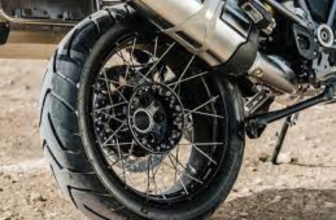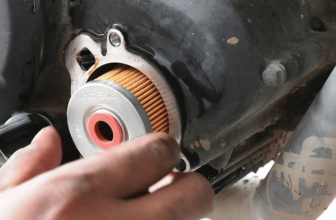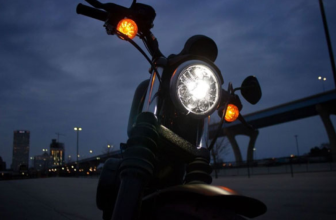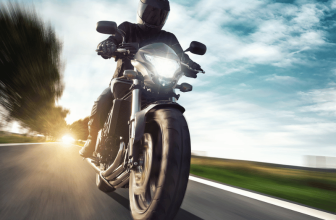Types of Motorcycle Battery
A motorcycle battery serves as a crucial electrical storage device, storing energy to power various electronic components, lights, signals, and even essential control units such as the CDI or ECU in modern motorcycles.
Thus, the motorcycle battery plays a crucial role in modern motorcycles. Consequently, today’s focus of discussion revolves around the types of motorcycle batteries.
Types of Motorcycle Battery
Motorcycle manufacturers utilize various types of batteries based on the motorcycle’s type, features, and standards. However, the Lead Acid battery is widely popular and cost-effective in general.
Hence, Lead Acid batteries are commonly employed in the majority of motorcycles and scooters. Currently, three types of batteries are prevalent in modern motorcycles, and they are outlined below.
- Wet-cell or flooded-cell batteries are also recognized as lead-acid batteries.
- Dry cell sealed-type batteries are also referred to as maintenance-free batteries.
- Gel batteries are also maintenance-free batteries.
Wet Cell Lead Acid Battery
The wet cell, or Lead Acid battery, stands out as the most traditional motorcycle battery type still widely used in modern motorcycles (Source). It presents a cost-effective solution for addressing the power management needs of motorcycles and scooters. Consequently, it is a prevalent choice in lower-priced motorcycles and commuter vehicles.
Lead Acid batteries typically feature a plastic container filled with electrolytes and traditional lead conductor bars. Unlike sealed batteries, this type comes with an electrolyte-refilling cap, making periodic maintenance necessary.
Due to the unfixed container, the battery requires regular maintenance such as electrolyte refilling and charging during extended periods of inactivity. The cells of this battery type are flooded and wet with electrolytes, earning it the designation of a Wet Cell Lead Acid battery.
Sealed or Dry Cell Battery (Maintenance Free Battery)
In the realm of motorcycle batteries, dry-cell batteries have become increasingly prevalent in contemporary times. Modern motorcycles commonly employ this battery type due to its maintenance-free attributes (Source). Dry Cell batteries are entirely sealed, offering airtight protection.
Encased in a plastic container, the sealed dry cell battery lacks a refillable lid. Since it is a dry type, there is no need for refilling, making it a completely maintenance-free, single-use battery.
This battery type, devoid of refill markings or fluid overflow channels, is versatile and can be tilted in any direction without concern. The compact construction of sealed dry cell batteries contributes to their growing popularity in modern motorcycle power management systems.
Gel Type Batteries (Gel Acid Battery)
The Gel type, or Gel Acid battery, stands as the latest innovation in motorcycle batteries (Source). It distinguishes itself from the conventional wet and dry types. This battery variant is housed in a plastic container containing Acid Gel and Lead Conductor.
Unlike traditional batteries, the Gel type doesn’t feature a refilling lid, as there’s no requirement to refill the Gel. Despite being a sealed type, it includes a valve for gas exhaust.
Gel-type batteries share the maintenance-free characteristic with other sealed types, eliminating the need for consumer maintenance. While also a one-time use battery, it boasts a longer service life compared to its wet-type predecessors.
In summary, the three prevalent types of motorcycle batteries in modern motorcycles are Wet Cell Lead Acid, Sealed Dry Cell, and Gel Acid. We hope you found this discussion enjoyable.
Stay connected with us for upcoming interesting topics. Ride safely, and stay secure. Thank you, everyone.







